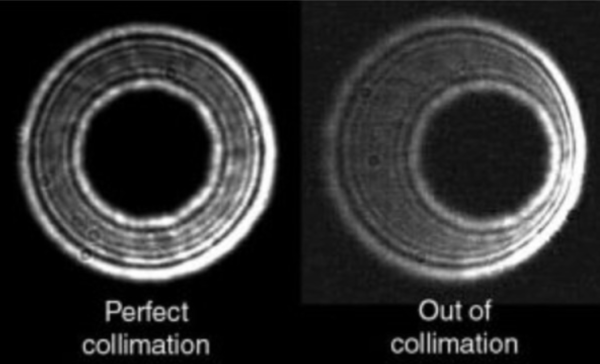Collimation of Telescopes is the process of aligning all telescope components with the aim of achieving the best focus.
There are two main types of collimation, optical and mechanical collimation. With Optical collimation, there is an alignment of the optical surfaces to bring the image to the perfect orientation in the focal plane.
Mechanical collimation is used when physical components need to be properly aligned. Physical includes things like mirror misalignment or a Focuser not aligned to the tube.
How to tell if your Telescope needs Collimation
One of the best ways to check collimation is by using a star. Wait until the telescope has cooled and follow these steps:
- Pick a bright star
- Point the telescope at the star, have the start at the center of the field of view and bring it into focus
- Zoom in camera’s display as far as you can
- Defocus slowly until you are able to see a diffraction pattern of concentric circles
- Analyze the diffraction pattern and if the circles around the dark are not perfectly concentric, Collimation is needed.
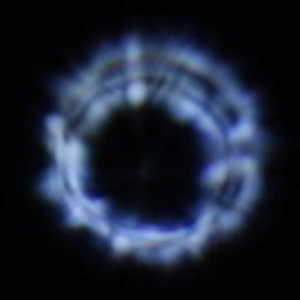
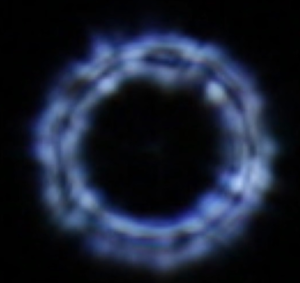
Reflector Telescopes and Schmidt-Cassegrain telescopes(SCTs) need collimation every time setup is done. Refractor telescopes are factory aligned, and due to the fact that the lens is fixed.
If a refractor doesn’t drop or get in an accident, it won’t need additional collimation over its lifetime. SCTs – for these telescopes it’s a mix, some require frequent collimation while others will take time before the need arises.
Maksutov telescopes – tends to hold collimation well. Collimation is not easy and needs a professional since it’s very difficult to access and adjust the primary mirror. Reflector telescopes need frequent collimation, it’s simple and takes just a few minutes.
See The Best Telescopes on the Market Today
Collimation of a Schmidt-Cassegrain telescope (SCT)
The Schmidt–Cassegrain is a catadioptric telescope made of a Cassegrain reflector’s optical path and a Schmidt corrector plate making it compact, simple, and with spherical surfaces.
Collimation is very important if you want the best performance from the telescope. Aligning the optics is way easier compared to a Newtonian telescope and can easily be learned by any user. You will probably need to collimate your telescope after every few months, if you find yourself doing it more often like in weeks or days the mirror is most likely being locked correctly after adjustment.
You don’t need any tools for SCT collimation. Collimation of a Schmidt-Cassegrain telescope is done using a star, the start should be dark and clear or you will be forced to have a screwdriver to adjust the secondary mirror.
The whole process is a matter of adjusting the three screws on the secondary mirror to change the tilt and align it with the fixed primary mirror. You test the tilt by viewing an out-of-focus star image.
How it’s done
Collimation of Telescopes will produce the best results if the telescope is thermally stabilized.
- Use a relatively high-power eyepiece for the test. A 10/12mm is a great choice since it offers 200-300x magnification
- Use a bright star
- The star should be centered in the field of view to avoid distortion at lower powers
- Defocus the star to a donut shape. The hole in the donut shape in the shadow of the secondary mirror. If the hole is offset from the center of the star you need to collimate.
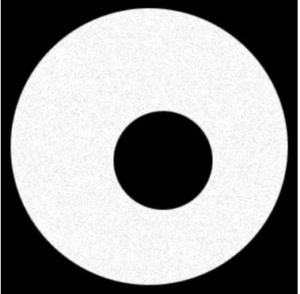
Adjustment
- Adjusting the Collimation is all in knowing the screw to turn. Reach in front of the telescope and stick a finger in front of the aperture
- The shadow of your hand appears in the star image
- Move your hand around until you get to the narrowest or widest part of the donut
- Look at the secondary mirror to see what screw your finger is closest to
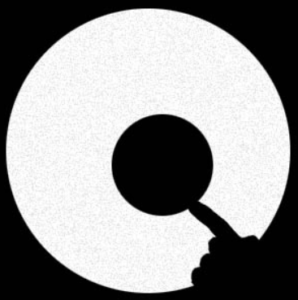
-
The image on the inside or outside of focus will determine whether to loosen or tighten the screws
-
Try tightening first and see if the star image improves
-
If tightening one screw makes the collimation worse, return that screw to its starting position and try tightening the other two screws
-
After adjustment of screws make sure to return the start to the center of the field of view
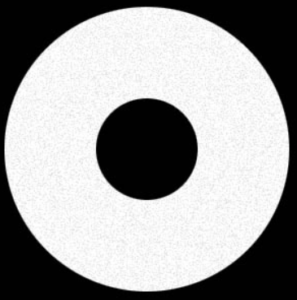
Collimation of a Celestron Telescope
The optical performance of a Celestron telescope is directly related to its collimation. Celestron telescopes are collimated at the factory. However, if the telescope is dropped or shaken during transport, you may need to collimate it. This is done by tilting the secondary mirror.
How to check Collimation on Celestron Telescopes
- You need a light source such as a bright star near the zenith
- Have tracking on so that you won’t have to manually track the star or use Polaris if you don’t want to power the scope
- Make sure the telescope is in thermal equilibrium with the surroundings.
- To verify collimation, view a star near the zenith using a medium to high power ocular — 12mm to 6mm focal length
- Slowly cross in and out of focus
- If you see a systematic skewing of the star to one side, then recollimation is needed

To collimate you will need to you need to tighten the secondary collimation screw(s) to move the star across the field toward the direction of the skewed light.
Collimation of Telescopes FAQs
What is collimation in telescopes?
The process of aligning all telescope components with the aim of achieving the best focus
How do I know if my telescope needs collimation?
One of the best ways to check collimation is by using a star. Wait until the telescope has cooled and follow the above steps
Do refractor telescopes need collimation?
Refractor telescopes are factory aligned, and due to the fact that the lens is fixed. If a refractor doesn’t drop or get in an accident, it won’t need additional collimation over its lifetime
What is a Cheshire collimator?
This is a simple tool that is used in aligning the optical axes of the mirrors or lenses of a telescope for optimum optical performance
Conclusion
Collimation of Telescopes will ensure that you get the best optical performance from your scope. Most telescopes are collimated at the factory but dropping and jarring the telescope during transport or movement may misalign the optics requiring you to collimate the telescope. We have comprehensively outlined how to perfectly do it.
See Also
